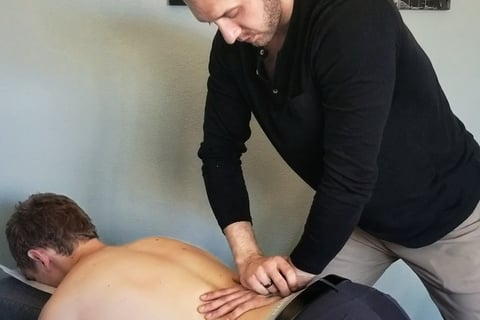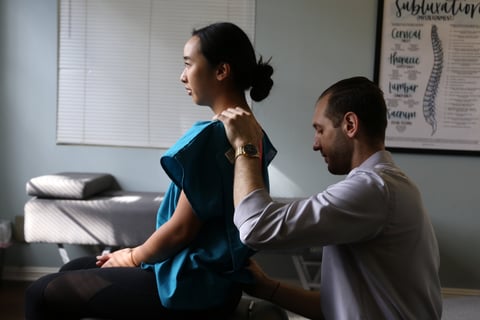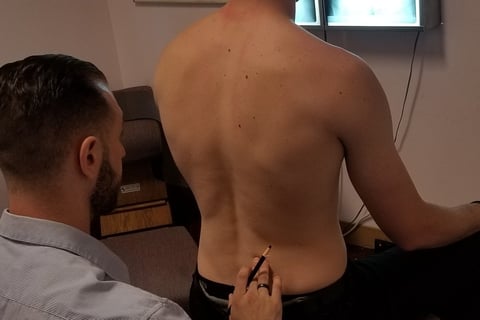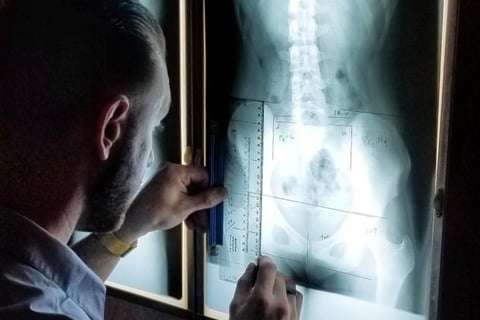5 COMPONENTS OF THE GONSTEAD SYSTEM










The Gonstead Technique is one of the most precise and specific chiropractic techniques for identifying and correcting spinal misalignments. It achieves its precision by utilizing a system of analysis with each patient. This system is comprised of:
Case Management
While not applied in a rigid or formulaic way, understanding a patient's health concerns helps us identify the specific area in need of adjustment. Symptoms also play a key role in distinguishing between the two branches of the Autonomic Nervous System—the Sympathetic and Parasympathetic—and guide us in making precise, targeted corrections.
In the Gonstead System, we integrate data from multiple forms of analysis and correlate these findings to determine the root cause of the patient's issue. Once subluxations are accurately located, we use the appropriate Gonstead techniques to correct the affected areas effectively.
This system places particular importance on the role of intervertebral discs as the source of subluxations and the resulting neurological issues. Because of this focus, Gonstead practitioners are often known as "disc doctors," as they aim to resolve these core problems to improve patients' overall health and function.
Visualization
Visual assessment of a patient starts the moment someone walks into the office. We are accessing gait, posture, looking for any differences in hips, shoulder heights, ears, tipping of head, skin rashes, etc.
X-RAYS
In the Gonstead System, both A-P and Lateral Full Spine X-Rays are used as a crucial part of analysis. This helps us to examine the structure of the spine, get an accurate vertebrae count of a patient's spine, see any degeneration, and look for any possible pathology.
As the saying goes "To see is to know.. Not to see is to guess.." And at SeaCoast Clinic we don't guess about your health.
PALPATION
Gonstead Chiropractic uses both Static and Motion Palpation techniques in it's examination. Static Palpation is identifying and feeling for areas of inflammation/edema, tenderness, and tone of muscles. Motion Palpation is used to determine which vertebrae are moving and which vertebrae is fixated and in what position.
Instrumentation
The use of a specialized tool/instrument that is run down the entire spine from the base of the skull to the bottom of the sacrum with every visit. This instrument, such as a Delta-T or Nervoscope, is taking bilateral temperature readings along the spine helping to located areas of inflammation. Not only do the readings help locate subluxations within the spine, but progression and when correction has been achieved.
When all of these components align, we can provide the patient with a specific, safe, and effective adjustment.
© 2025. All rights reserved.
2900 Bristol St. Ste C105
Costa Mesa, CA 92626
(714)584-7741
seacoastclinic@gmail.com
Monday 9 AM - 5 PM
Tuesday 9 AM - 1 PM
Wednesday 9 AM - 5 PM
Thursday 9 PM - 1 PM
Friday 10 AM - 4 PM
